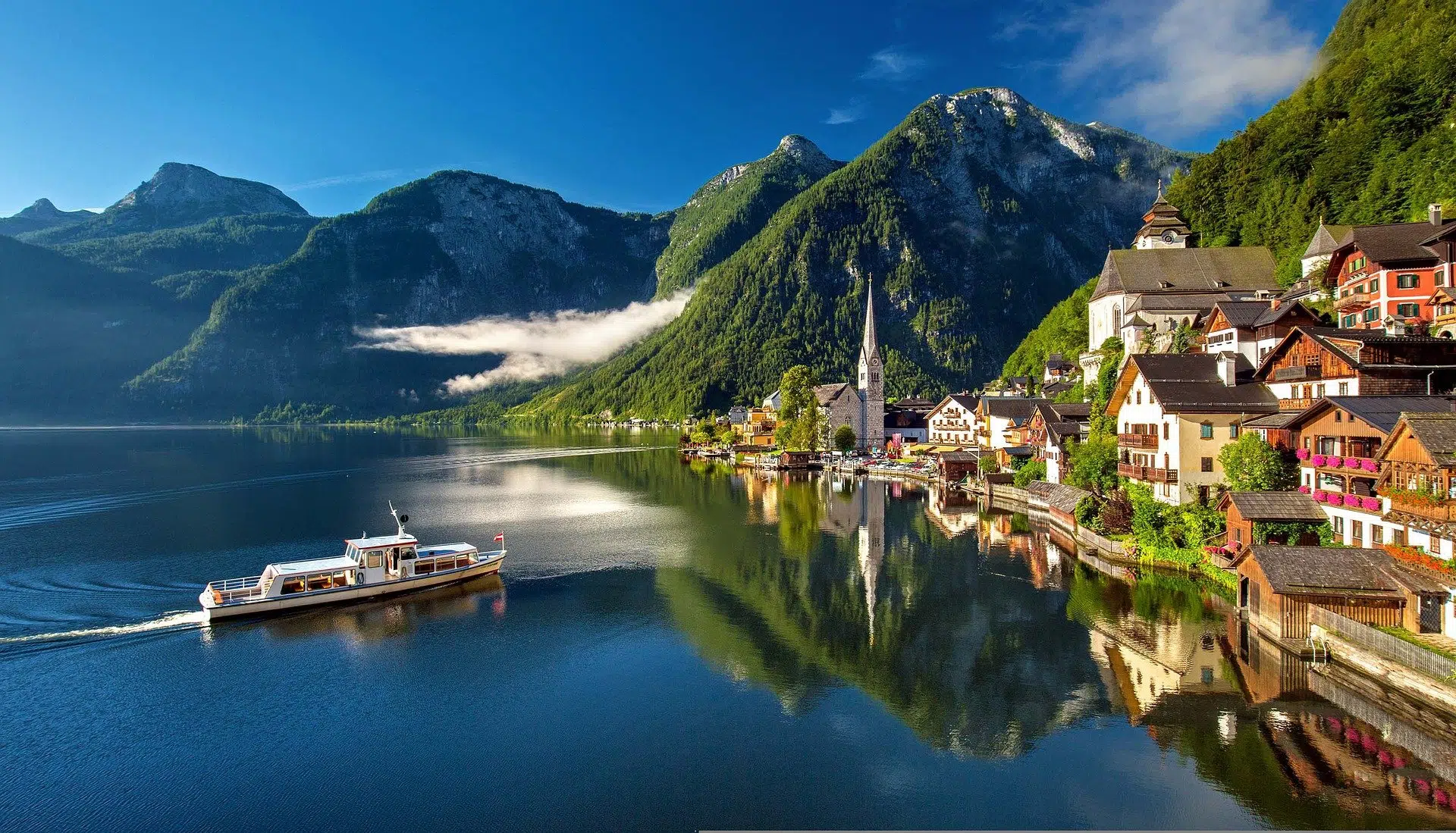
How to Get Around in Austria by Train, Plane, Bus or Car
Over 100+ hours of expert travel research on Austria, now presented to you in a short and easily digestible format for Free. Bookmark and save this page for future reference and updates.
Getting Around Austria
-
🚆
Most popular: Austria's railway network is efficient and well-connected, with ÖBB (Austrian Federal Railways) providing extensive coverage including high-speed Railjet trains connecting major cities like Vienna, Salzburg, and Innsbruck.
-
💰
Cost-effective: Buses offer a more economical alternative to trains, with extensive services covering smaller towns and rural areas not served by rail.
-
⏱️
Time-efficient: For quicker travel between cities, domestic flights are available, particularly useful for reaching destinations like Klagenfurt or Graz from Vienna.
-
🚌
Local transport: Urban areas boast efficient public transportation systems, including trams, buses, and in Vienna, a subway system (U-Bahn).
-
🚲
Cycling: Many Austrian cities, including Vienna, are bicycle-friendly with dedicated bike lanes and bike-sharing programs like Citybike Wien.
-
⚠️
Warning: Always validate your transit ticket before boarding to avoid fines. Ticket validators are located at tram and metro stations or on board buses.
🚗 Car
- In Austria, you drive on the right-hand side of the road.
- Renting a car is ideal for exploring the Alpine regions and other rural areas, providing flexibility to visit sites off the beaten path.
- The legal BAC limit is 0.05%, and zero tolerance policies apply to new drivers and those under 21.
- Speed limits are typically 50 km/h in urban areas, 100 km/h on open roads, and 130 km/h on autobahns.
- Use of seat belts is mandatory for all passengers, and children under 14 must be in an appropriate child seat.
🚕 Taxi
- Taxis can be hailed on the street, found at taxi stands, or booked via phone and apps. They are metered, but it's always a good idea to ask about typical fares from your location to your destination.
🚌 Bus
- Buses connect most parts of cities and rural areas, making them a vital part of Austria's public transportation system, especially where trains don't run.
- Pre-purchase tickets or use a contactless payment card to save on fares and streamline your travel experience.
🚇 Metro and Trains
- The Vienna U-Bahn is the backbone of the capital's public transit, with extensive lines that efficiently cover the city and beyond.
- For scenic travel, consider train routes that pass through Austria's Alpine scenery, which are not only a mode of transport but also a tourist experience in themselves.
Transport Tips for Austria
-
🚜
Rural Transport: While public transport is reliable, services in rural areas can be infrequent. Check schedules in advance, especially for buses and trains in the Alps.
-
🛣️
Toll Roads: Austria requires a vignette (toll sticker) for all vehicles on its highways and motorways. Ensure you purchase one to avoid heavy fines.
-
🚓
Traffic Law Compliance: Austrian police enforce traffic laws strictly. Speeding, illegal parking, and other traffic violations can lead to significant fines.
-
🚫
Vehicle Restrictions: Some historic city centers, such as in Salzburg and Graz, restrict vehicle access during certain hours to preserve air quality and the urban environment.
-
✈️
Air Travel: For international arrivals or departures, Vienna International Airport is the main gateway, offering numerous connections to major European cities and beyond.
-
🏍
Mopeds and Scooters: Popular in urban areas for quick trips, they can be rented throughout major cities. Helmet use is mandatory.
-
🚶♂️
Walking: Cities like Vienna are pedestrian-friendly, with extensive walking zones in city centers where exploring on foot is a delight.